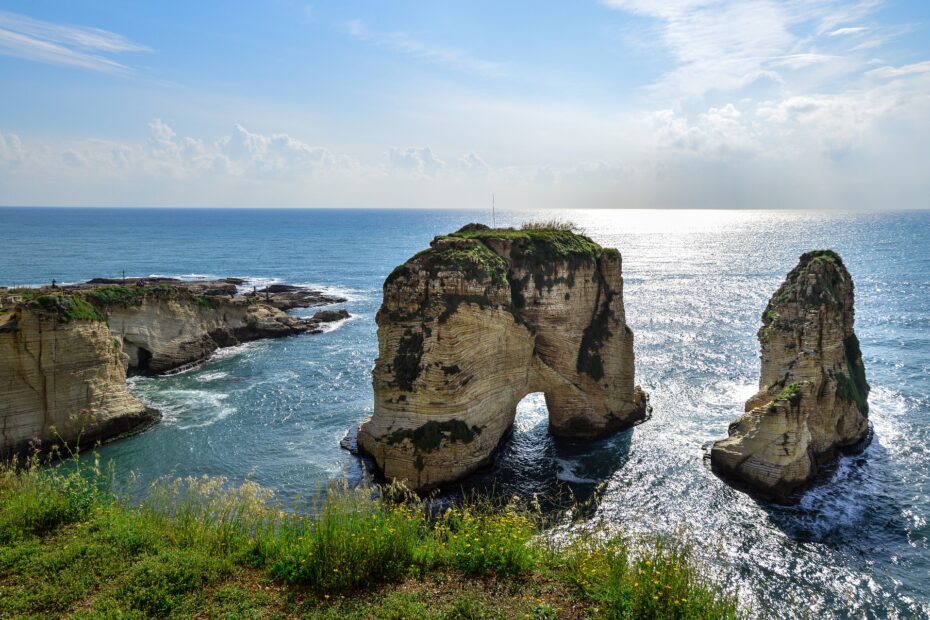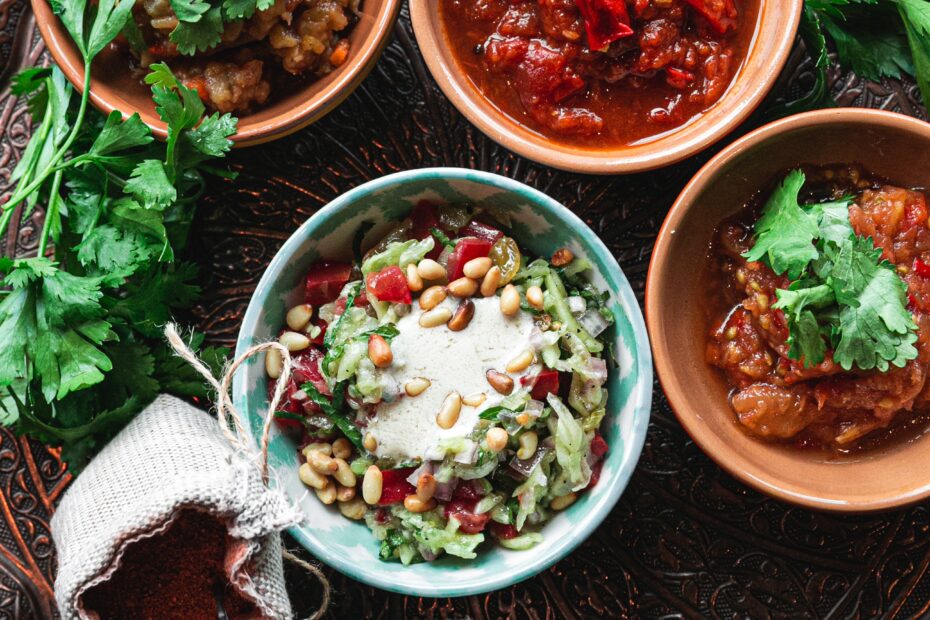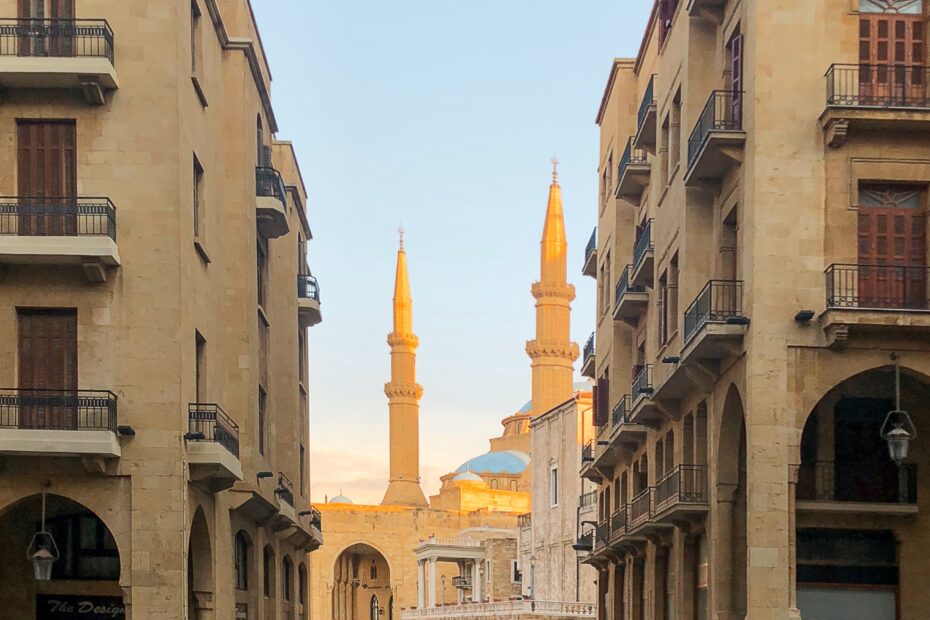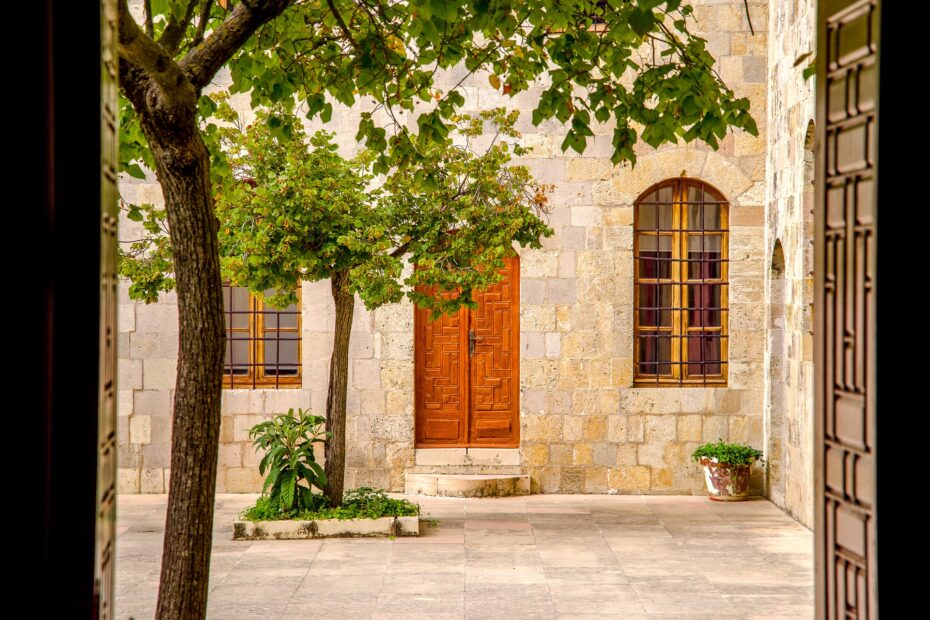The House of Gibran
(7 days / 6 nights)
Arrival at Beirut airport, transfer to hotel and accommodation.
Visit the splendid Sursock Museum of Contemporary Art. Discovery of the art scene in Beirut: visit of contemporary art galleries (Beirut Art Center, Ayyam Gallery, Tanit Gallery, Opera Gallery). In the afternoon, visit of “Hiraf Tourathia”, which presents a varied set of Lebanese handicrafts. Stop in front of the Pigeon Cave on the Beirut Corniche, then walk through the city center to discover French Mandate architecture, places of worship and archaeological remains, as well as the village of Saifi with designer shops ( Nothing Debs, Bokja)
Visit the maritime site of Tire and the remains of the Roman-Byzantine city. The port is sure to visit Barbour’s workshop, which still makes Phoenician-era boats. Stop in Sarafand at a glass blower. In the souks of Sidon, visit the Audi museum in a former soap factory, carpenters and quilters souks, as well as a Palestinian handicraft shop in the “Khan el Franj” caravanserai.
Visit the Beiteddine Palace, fortress of the great Druze family with its Ottoman-style ornaments and wood. A walk through the picturesque streets of Deir el Kamar, the city of the emirs. On the way to Werhaniyé to visit the magnificent sculpture workshop of the Assaf brothers. In Bssouss, visit an ancient silkworm turned into a beautiful silk museum, which tells the history of sericulture in Lebanon.
In the Adonis Valley, visit the MACAM museum in Alita (modern and contemporary art). We will continue to Tripoli, visiting the old souks of the Ezzeddine hammam, the khan soap, the mosques and the decoration of the madrassas, characteristic of Mamluk and Ottoman art. Stop at a collector in Qalamoun. Visit the archaeological site of Byblos, one of the oldest cities in the world, the Church of the Crusaders and the Phoenician port. In the old souks they stop at the local designer boutiques (bags, cushions, candles, soaps, jewelry and other souvenirs).
Visit the church of the Maronite Patriarchate in Diman, with its frescoes painted by Saliba Doueihy. In the Khalil Gibran Museum, the pictorial collection of the most famous painter, poet, writer and essayist in the country of the Cedars was discovered. Short walk in the forest of the Lord’s cedars, to admire the cedars carved by Rudy Rahmé. In the sacred valley of the Qadicha, visit the monastery of San Antonio Qozhaya, which houses the first printer of the Arab world in the 16th century.
Transfer to Beirut airport for departure.
Baalback – Lebanon’s greatest Roman treasure can be counted among the wonders of the ancient world. The largest and largest Roman temples ever built, they are also among the best preserved. The monuments of Baalbek have suffered flights, wars and earthquakes, as well as many medieval additions.
Bekaa Valley: located between two parallel mountain ranges in Lebanon. It is a fertile land irrigated by the Litany River and is the largest agricultural area in Lebanon, with a standardized international wine industry. Bekaa is also rich in archeology and history has left some of its monuments the most famous in the entire region.
Anjar, in the heart of the Bekaa, is a one-of-a-kind, classified urban and architectural gem. Unlike most of the historic cities in the region, Anjar lived and prospered during only one period: that of the Umayyads. It is also the only vestige of this time in Lebanon.
Ksara is a wine company in the Bekaa Valley, Lebanon. Since 1857 by local members of the Christian community, Ksara developed the first dry wine in Lebanon. Ksara wine is the most popular in Lebanon, but due to the large Lebanese diaspora around the world, it can be found and purchased in many different countries.
Zahle: Called Bekaa’s girlfriend for her natural beauty and wonderful landscapes. Located on the banks of the Bardouni River, where there are many riverfront restaurants famous for their cuisine.




